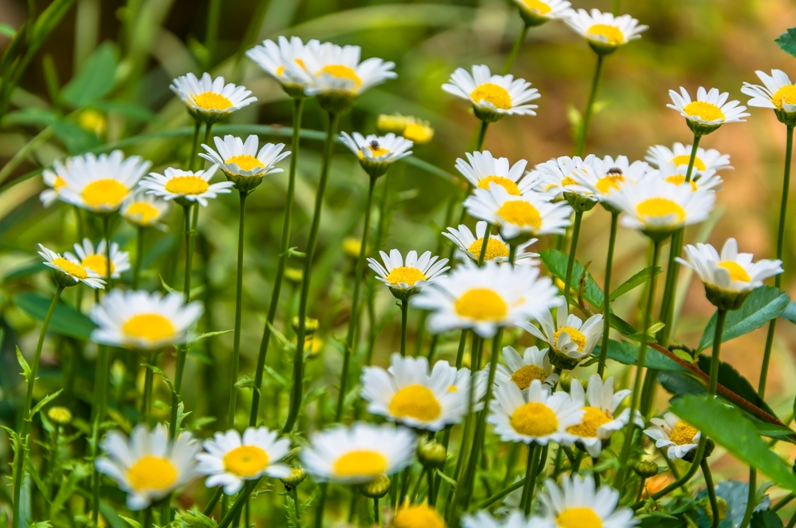
If you are in the landscaping process on your property, then it's time you take into consideration the advantages of using native plants to occupy and embellish your space. Do you know what plants are more indigenous to your area? Maybe it's time to dig deep and make decisions that are going to benefit you and your outdoor living space. Here are a few suggestions that should help you make the right decision when planting and maintaining outside.
Keep It Low Maintenance
Did you know that native species occupy less energy and require less upkeep? Think about it; these are plants that already existed without your intervention. They are accustomed to the weather patterns of the area and don't need you to water them so often to look beautiful. It's a win-win situation when you put native species in your landscaping design because you will be spending less money on expenses and your plants will consume less water from the environment.
Native Plants Help Native Animals
Native plants will help all aspects of the local ecosystem - from insects to birds. Planting something that isn't indigenous can be counterproductive or even harmful to the local ecosystem, so you should be aware of the consequences when planting foreign species in your landscaping design.
Remember sometimes that less is more; it's always smart to ask a piece of advice from a local professional when planning out your landscape. For example, if you live in Washington, Companies like Cutting Edge Landscape have experience and knowledge and can give you recommendations for landscaping your property when searching for landscaping services Vancouver WA. Local Landscape companies will always have knowledge about what grows well in the climate you live in.
Maintain an Easy Consistency
Are you trying to have a landscape design that doesn't require a lot of maintenance? Good idea. This is another benefit of designing with indigenous species is that they stay alive without your help, so you will have less to worry about when going on vacation or leaving the premises for extended periods.
The Native Roots Are Stronger
Native plants have roots that are acclimated to the soil and they generally go deeper into the ground to obtain the most water possible. On an evolutionary level, a native plant is more likely to survive because it has adapted to the local conditions over the years for survival. You can also forget about using pesticides and chemicals when you have a naturally landscaped property as local bugs play nicer with native plants.
The US Forest Service Approves Native Plants Because They Save Water, Clean the Air and Promote Biodiversity
In this article from the US Forest Service, you will find the benefits of natural plants put out pretty straightforward. How does breathing sound easier? Planting native organisms on your landscape removes carbon dioxide from the air so that you can reap the benefits of extra oxygen.
Plants That Aren't Native Can Be Invasive
Possibly the most important reason why you shouldn't generally introduce new species of plants to your landscape is that some plants can be invasive and prevent the growth of other plants. This can create not only an ecological problem but also a mess that you will have to clean up when that invasive species has grown out of control and need to be taken out. Invasive species sometimes come with invasive insects that live inside the plants that can also be a problem to the natural habitat by eating other plants in excess.
Which Native Plants Should You Use?
So what do you do when the time comes to plant some new flowers and shrubs for your landscaping project? Do your research. Talk to your local nurseries and find out what is local. Or if you want to take matters in your own hands, you can simply transplant a native plant into your landscape; this may take more time but you will likely enjoy the outcome.
Plant Native and Win
By now you should have the basic idea of which direction to go on your landscaping project. It's your property and you have the power to do what you want with it. You could even xeriscape with rocks to avoid the use of too many plants. So there you have it people; enjoy your life and the life of your plants.
You may also like
A Guide to Moving Plants to Your New Home
Sustainable Living 101: Here Are the Changes That Can Make a Huge Difference
How Your Garden Could Help Save Bees
